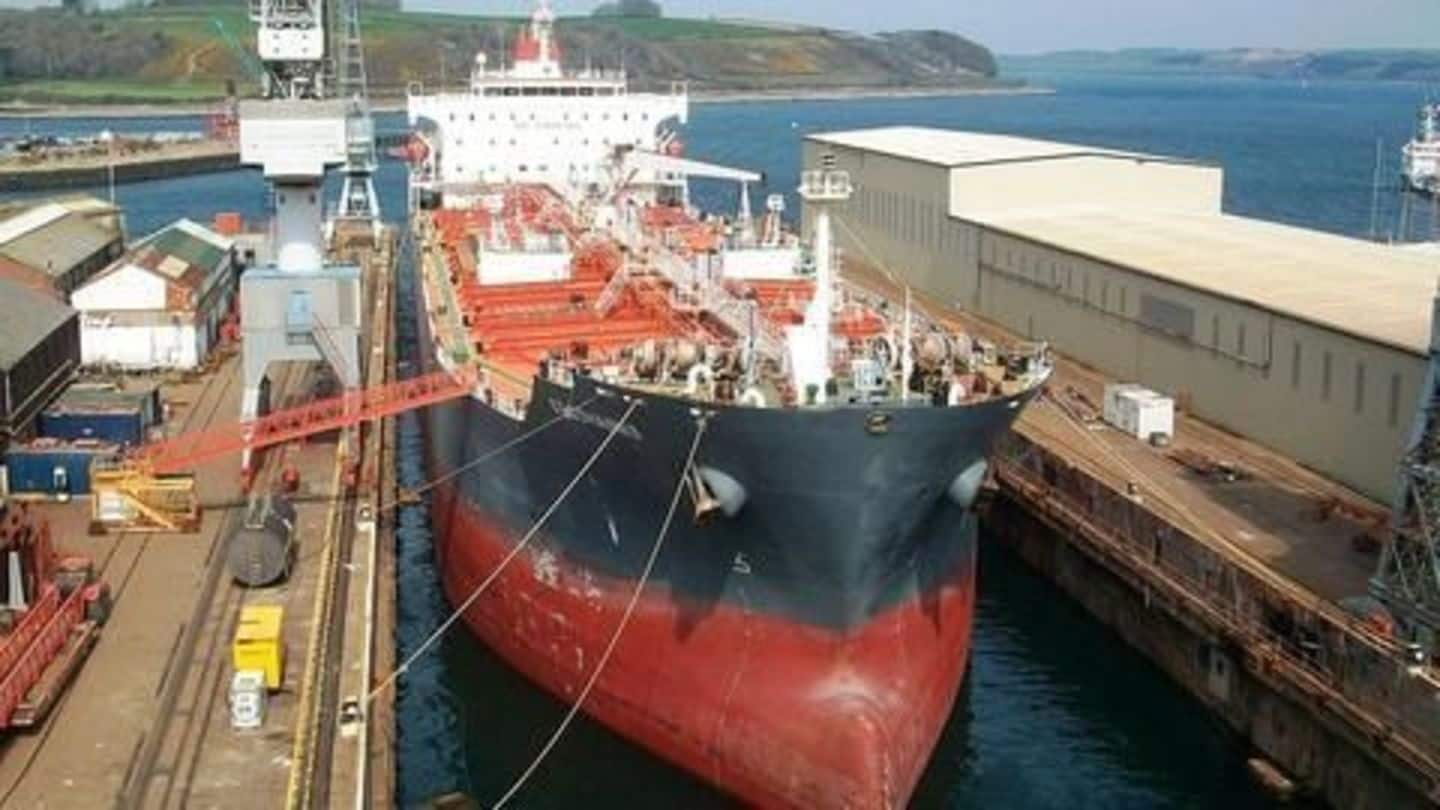
UK gets shipment of controversial Peruvian gas
What's the story
A tanker carrying a controversial shipment of gas which was extracted from the Amazon rain forests of Peru has docked in the UK, igniting a debate over the environmental impact of oil and gas exploration. Activists condemned the UK saying they should extract their own gas instead of importing it from ecologically sensitive areas. The tanker is owned by oil giant Shell.
Introduction
The Camisea project
The Camisea gas fields were discovered by Shell in 1986 and is situated in the San Martín reservoir in the Amazon Rainforest. The project became operational in August 2004. Apart from Shell, Pluspetrol Peru Corporation SA, Hunt Oil Company, SK Corporation, Tecpetrol del Peru SAC and Sonatrach Peru Corporation SAC are active in the region. It is estimated to have 11 trillion-cubic-feet of gas.
Information
Most bio-diverse region on earth
The Camisea project is situated in the Nahua-Nanti Reserve. This part of the Peruvian Amazon is described by human rights organization Survival as having "a biological diversity that exceeds any place on Earth".
Extraction
Extraction from Camisea fields
Extraction from river based gas fields involves detonating explosive charges, drilling exploratory wells, importing heavy machinery and laying several miles of pipelines to extract and transport the raw gas. It also involves setting up refinery plants along the pipeline to refine various products from the raw gas and transport them to the port. This invariably involves the destruction of several acres of the Amazon.
Information
Oil spills in the forest
The pipelines travel through the Amazon, through the Andes mountains, and through the Paracas National Reserve. Between 2004-2006 itself there had been 5 major oil spills along the pipelines. This has caused significant irreversible environmental damage affecting several rare species of animals and plants.
Indigenous tribes
Effects on indigenous tribes
The Amazon is inhabited by several indigenous tribes, many of whom have had no contact with the "outside-world." When Shell began exploration in the 1980s, they came in contact with the uncontacted Nahua tribe. They did not possess the immunities that "outsiders" had as they never encountered any of those illnesses. Reports say 60% of the tribe was wiped-out by pneumonia and other illnesses.
Fracking
Fracking in the Amazon
Some of the projects in the region also employ fracking to drive trapped oil and gas out of rocks. The process is extremely water intensive and uses corrosive chemicals at high pressure to fracture the rocks and release trapped hydrocarbons. The chemicals are subsequently disposed-off locally, in underground reservoirs. They cause seepage of toxins into the water table, destroying plant cover and poisoning water-supply.
Peru
The Peruvian government
The Peruvian government has come under sharp criticism for allowing the Amazon to be exploited for hydrocarbons, but they maintain that it is vital for Peru's economy. After the Shell incident, the government created the first ever "reserve" for indigenous tribes in the Amazon. However, reports suggest that workers in the project have had "forced contact" with the tribes, transferring illnesses and disease.